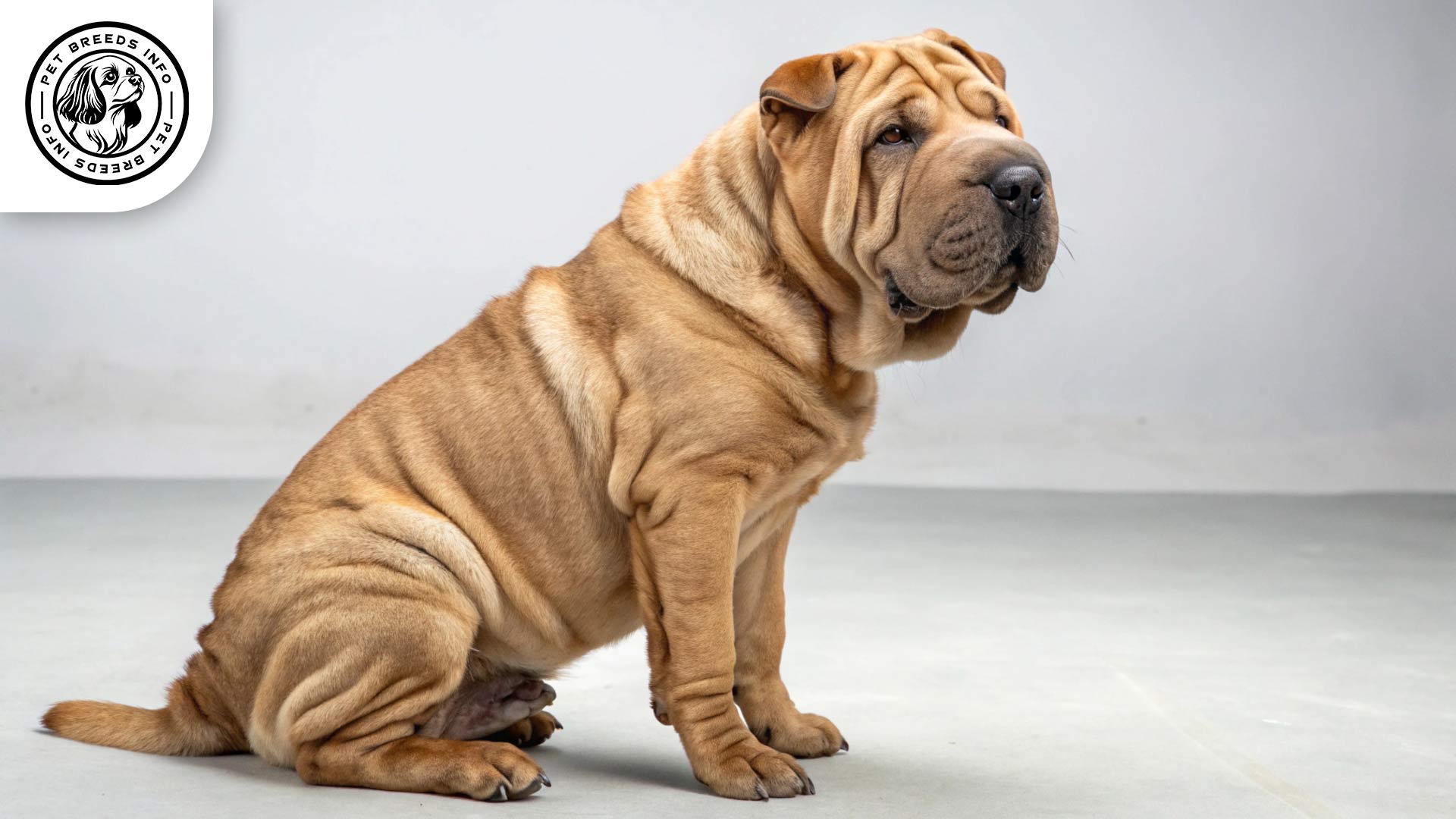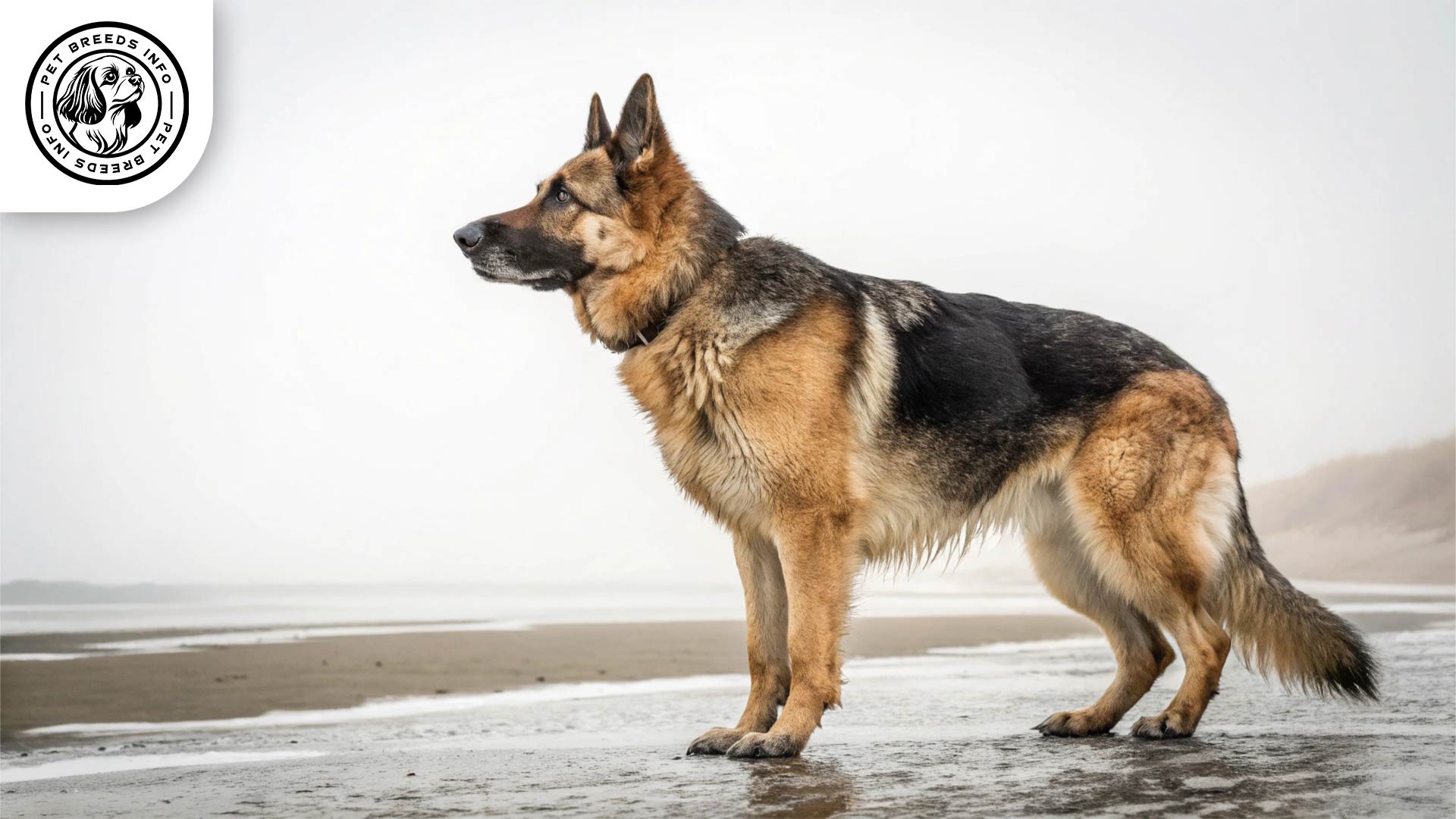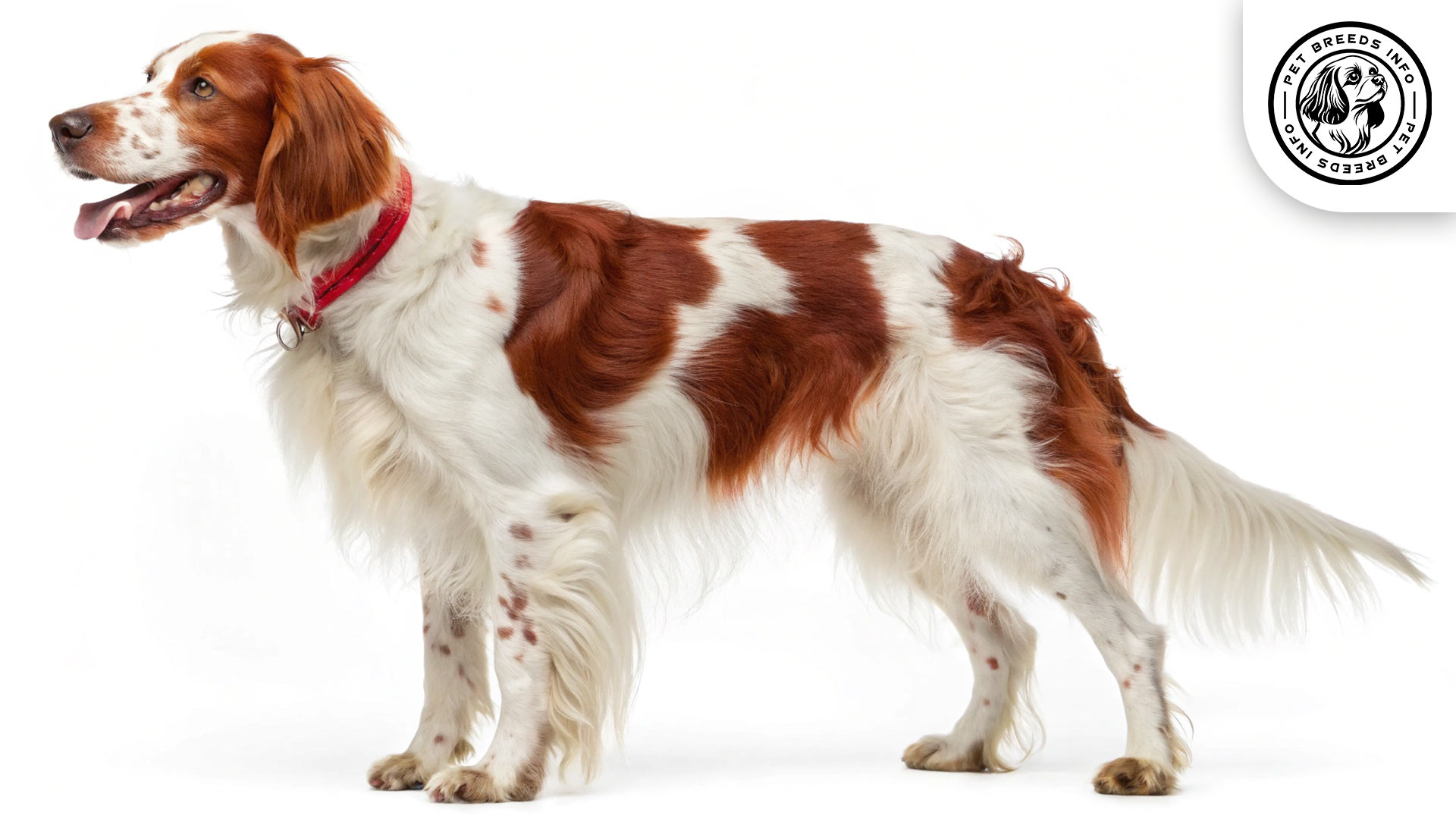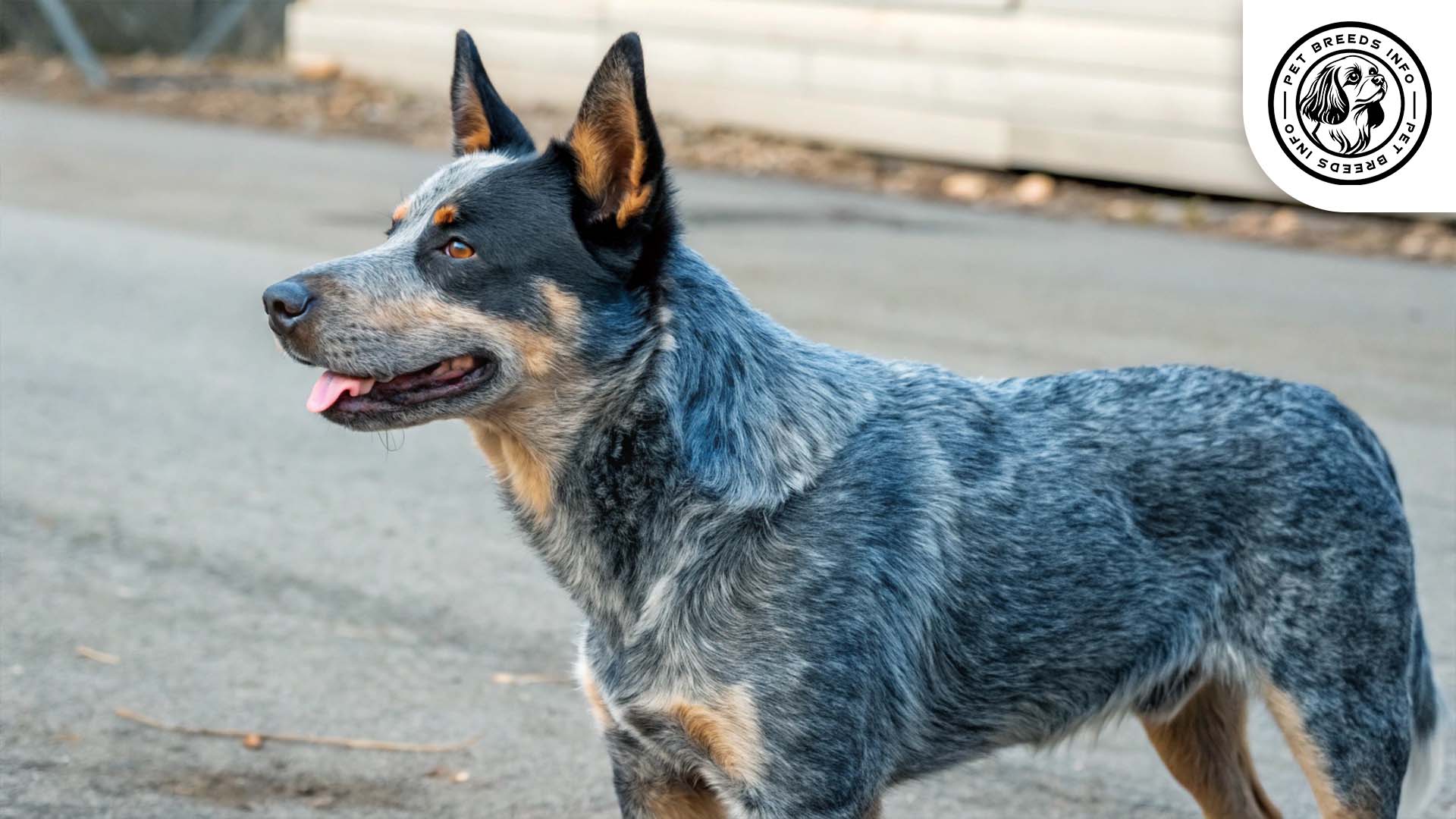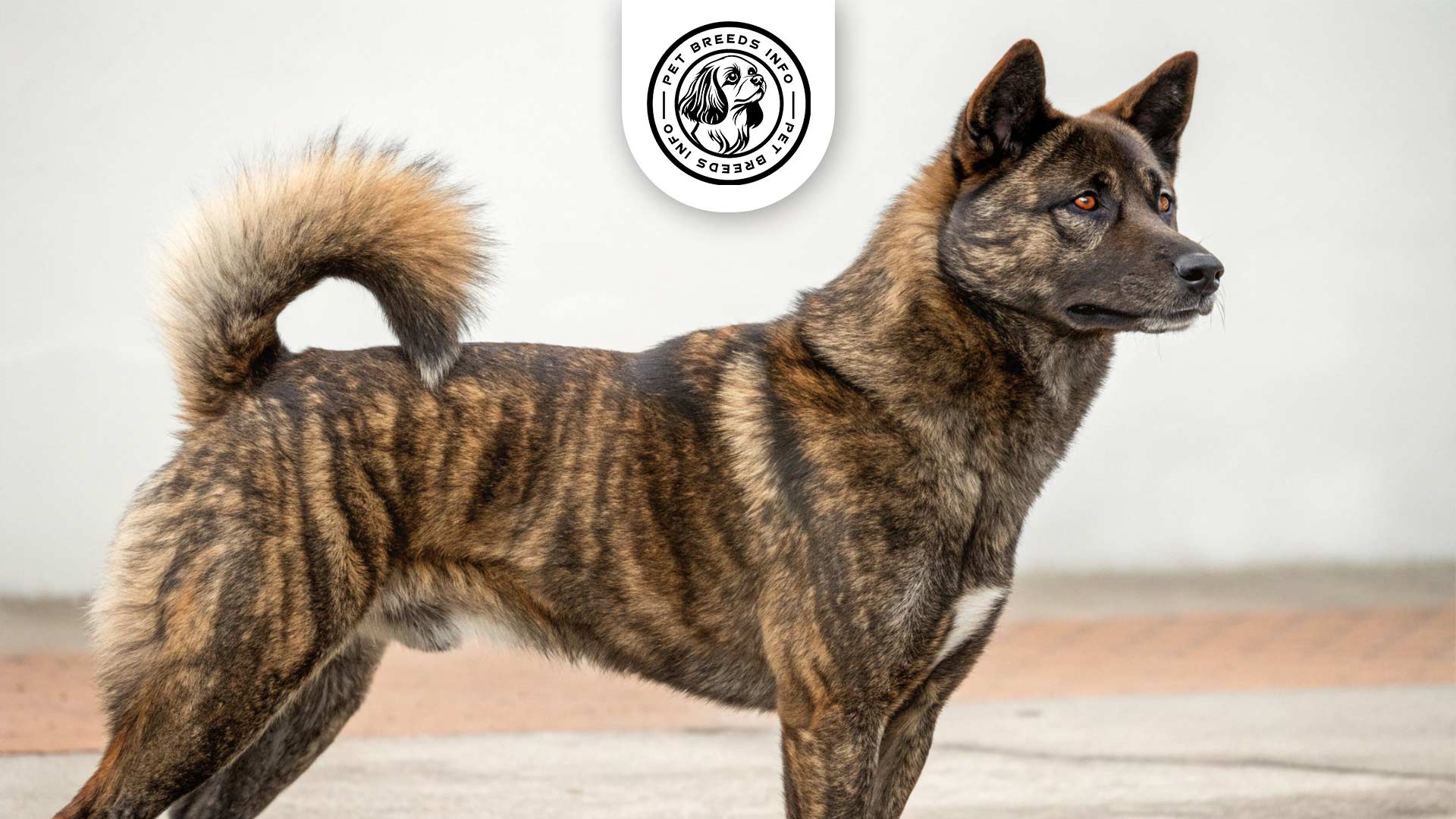Chinese Shar-Pei Dog Breed: Size, Price & Personality
General Introduction of the Breed
The Chinese Shar-Pei (沙皮狗) is a unique dog breed known for its heavily wrinkled skin and loyal personality. It is sometimes simply referred to as “Shar-Pei.” Originating from southern China, the breed has a history dating back over 2,000 years. Originally bred for hunting, guarding, and fighting, the Chinese Shar-Pei was nearly extinct by the mid-20th century but was revived through dedicated breeding efforts.
Table of Contents
| Color | Fawn, black, red, cream, blue, and variations. |
| Weight | Males: 45-60 pounds (20-27 kg); Females: Slightly smaller. |
| Lifespan | 8-12 years. |
| Diet | High-quality dry, wet, or raw food. Avoid grains, artificial additives, and excessive dairy. Divided into two meals per day. |
| Care | Moderate exercise (daily walks, playtime). Weekly brushing, regular wrinkle checks and cleaning, nail trimming, ear cleaning, and dental care. Sensitivity to extreme temperatures. |
| Health | Prone to skin infections, hip dysplasia, entropion, and Shar-Pei Fever (FSF). |
| Nature | Loyal, independent, calm, strong-willed. Reserved with strangers, affectionate with family. Requires early socialization. |
| Price | $1,000 to $3,000 (puppy). Show-quality may cost more. |
Physical Characteristics
The Chinese Shar-Pei is a medium-sized breed with a sturdy, compact build. Males typically weigh between 45-60 pounds (20-27 kg) and reach a height of 18-20 inches (46-51 cm), while females are slightly smaller.
The breed’s coat is short and rough, often described as “sandpaper-like.” Coat colors vary and include fawn, black, red, cream, and blue. Their small, deeply set eyes are almond-shaped and dark in color, giving them a calm, alert expression.
The Shar-Pei has small, triangular ears that fold forward, and a thick, curled tail resting over its back. Its most distinctive feature is its deeply wrinkled skin, especially in puppies, though adult wrinkles become less pronounced with age.
Read More: Cane Corso Dog
Personality and Temperament
The Chinese Shar-Pei is an intelligent and independent breed, often displaying a calm but strong-willed temperament. While not overly energetic, they require regular exercise and mental stimulation to stay content.
Shar-Peis form strong bonds with their owners and tend to be reserved with strangers. They are typically affectionate with their families but may be aloof around unfamiliar people and animals. Socialization from a young age helps them develop a well-balanced temperament.
They are not inherently playful but enjoy interactive activities with their owners. Due to their protective nature, they may be wary of new environments and changes.
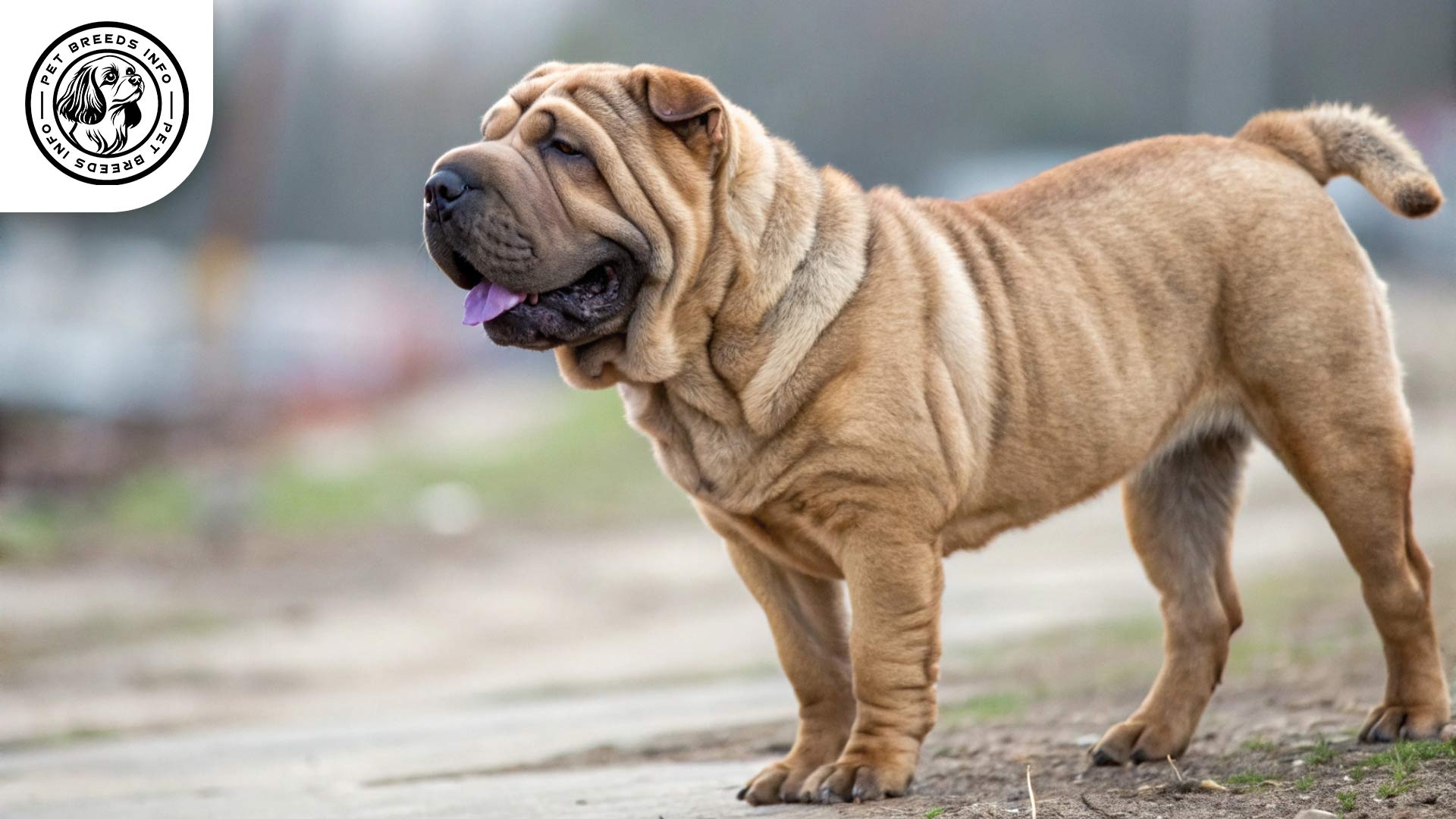
Care and Maintenance Requirements
The Shar-Pei requires moderate exercise, such as daily walks and playtime in a secure area. They adapt well to apartment living but prefer a spacious home with a fenced yard.
Grooming is relatively simple due to their short coat. Weekly brushing helps remove loose hair, and regular checks should be done for skin infections, as their wrinkles can trap moisture and debris. Bathing should be done as needed, with special care to dry folds thoroughly.
This breed is sensitive to extreme temperatures, particularly heat, due to their short muzzle, making hot or humid climates challenging. Regular nail trimming, ear cleaning, and dental care are necessary to maintain overall health.
Diet and Nutrition
A balanced diet consisting of high-quality dry, wet, or raw food is ideal for the Chinese Shar-Pei. A diet rich in protein, healthy fats, and digestible carbohydrates helps maintain their health.
Foods to avoid include grains, artificial additives, and excessive dairy, as some Shar-Peis have dietary sensitivities. Feeding should be divided into two meals per day, with portion sizes depending on weight, activity level, and age.
Health and Common Medical Issues
The Chinese Shar-Pei is prone to several genetic health issues, including skin infections, hip dysplasia, entropion (inward-turning eyelids), and Shar-Pei Fever, a condition that causes fever and joint swelling.
The breed typically has a lifespan of 8-12 years. Regular veterinary check-ups, proper skincare, and monitoring for early signs of health problems are essential for their well-being. Routine vaccinations and preventative care help minimize health risks.
Read More: Chihuahua Dog
Training and Behavior Management
Training a Chinese Shar-Pei requires patience and consistency, as they can be independent and stubborn. Early socialization is critical to prevent behavioral issues such as aggression or excessive aloofness.
Positive reinforcement techniques, including treats and praise, work best. Harsh training methods should be avoided, as they respond better to firm but gentle leadership.
House training and obedience training should start early to ensure proper behavior in adulthood. Crate training and leash training can also be beneficial.
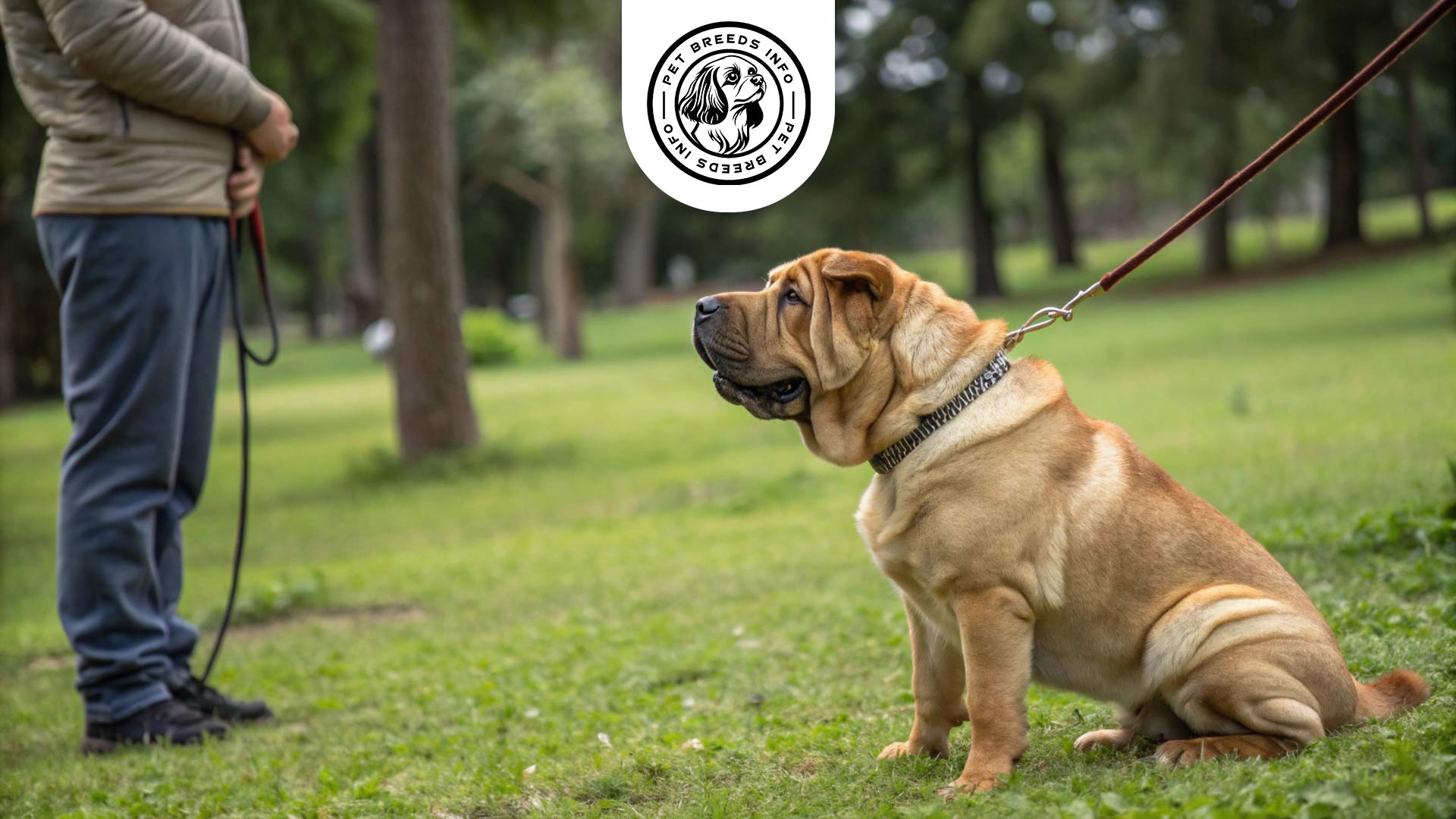
Interaction with Other Animals and Humans
The Chinese Shar-Pei can be good with children when properly socialized, although supervision is necessary around younger kids due to their territorial instincts.
With other pets, they may exhibit dominance, so early introductions and training are crucial. They are best suited for families familiar with independent breeds and those who can provide firm but loving handling.
While they form strong attachments to their owners, they also have an independent streak, making them suitable for individuals or families who appreciate a loyal, protective companion.
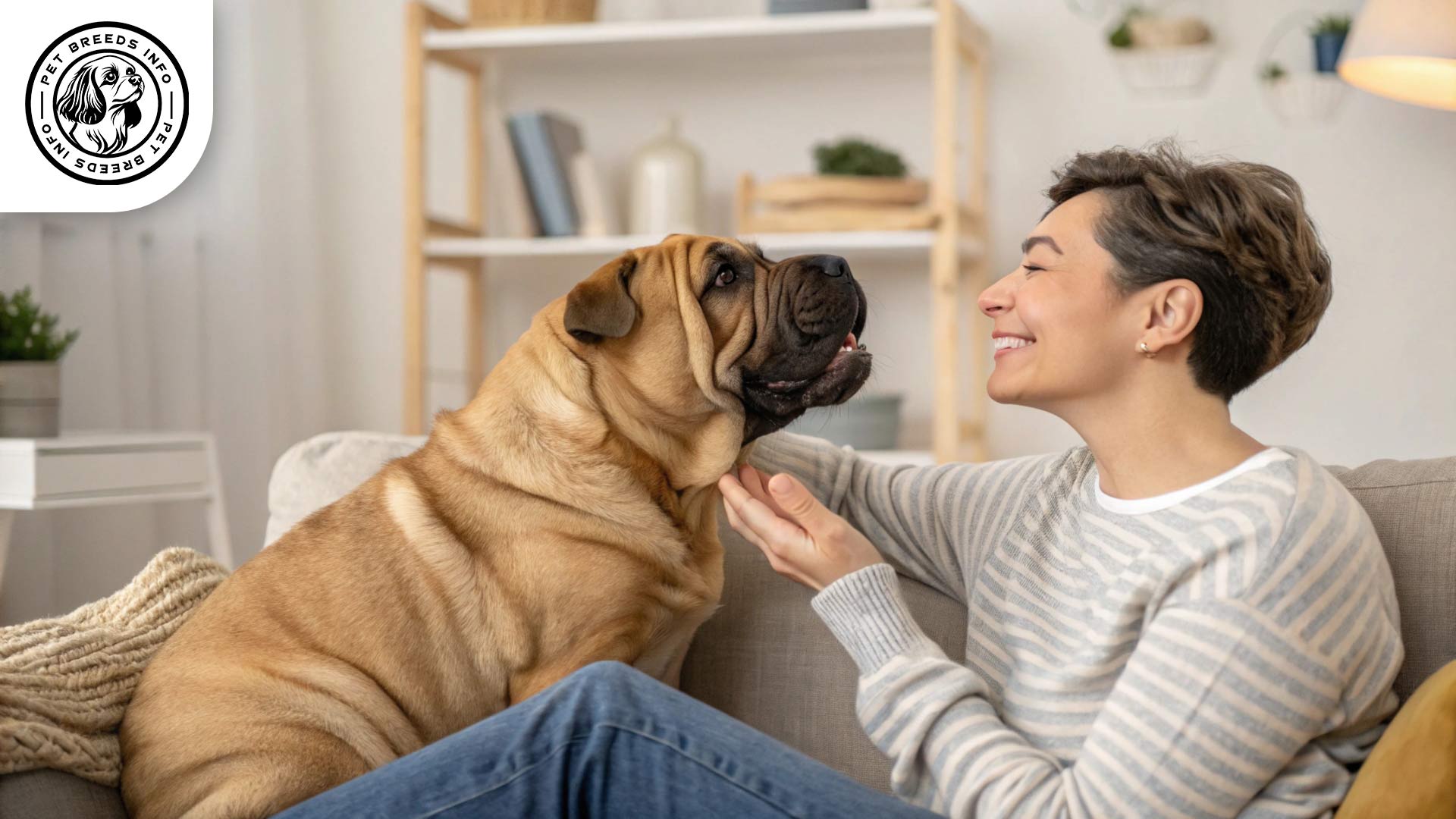
Price and Availability
The cost of a Chinese Shar-Pei puppy varies depending on the breeder, pedigree, and location, typically ranging from $1,000 to $3,000. Show-quality dogs may cost more.
When choosing a Shar-Pei, it is essential to work with reputable breeders who test for genetic conditions and prioritize health over appearance. Adoption from rescues or shelters is also an option for those looking to provide a home to a Shar-Pei in need.
Read More: Cavalier King Charles Spaniel
Conclusion and Final Thoughts
The Chinese Shar-Pei is a unique and loyal breed best suited for experienced dog owners who understand their independent nature. They thrive in homes where they receive consistent training, socialization, and proper care.
Potential owners should consider their health sensitivities, grooming needs, and reserved temperament before committing. With proper care, they can be a devoted and protective companion for the right family or individual.
FAQ
What are the key characteristics of a Chinese Shar-Pei?
The Chinese Shar-Pei is known for its distinctive wrinkled skin, short and rough coat, and loyal but independent temperament. They are medium-sized dogs with a sturdy build, and come in various colors like fawn, black, red, and cream.
What are the common health issues Shar-Peis are prone to?
Shar-Peis are susceptible to several genetic health problems, including skin infections due to their wrinkles, hip dysplasia, entropion (inward-turning eyelids), and Shar-Pei Fever (FSF), which causes fever and joint swelling.
How much exercise and grooming does a Shar-Pei need?
They require moderate exercise, such as daily walks and playtime. Grooming is relatively simple, with weekly brushing and regular checks of their wrinkles to prevent skin infections. Special attention should be paid to drying their folds thoroughly after bathing.
Are Shar-Peis good with children and other pets?
Shar-Peis can be good with children when properly socialized, but supervision is recommended due to their territorial instincts. They may exhibit dominance with other pets, so early introductions and training are essential.
What is the average price of a Chinese Shar-Pei puppy, and where can I find one?
The price typically ranges from $1,000 to $3,000, depending on the breeder, pedigree, and location. It’s crucial to work with reputable breeders who prioritize health. Adoption from rescues or shelters is also a good option.
